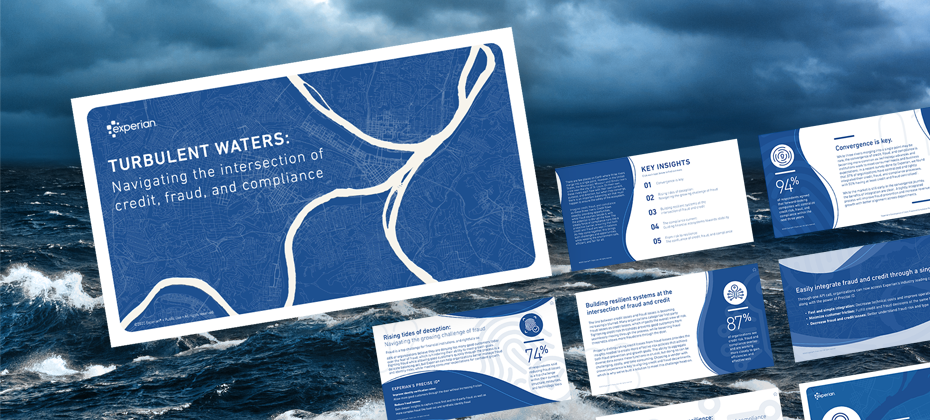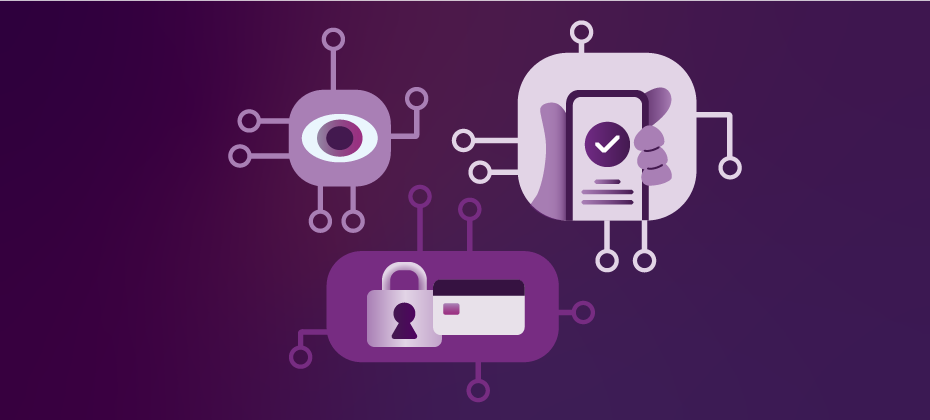
Profitability analysis is one of the most powerful analytics tools in business and strategy development. Yet it’s underrated, deemed too complicated and often ignored.
A chief lending officer may state that the goal of strategy development is to increase approvals or to reduce losses. Each one of these goals has an impact generally inversely on each other. That impact may be consequential, and evaluating the effects requires deeper thought and discipline. I propose that the benefits of a profitability analysis in strategy development are worth the additional effort, time and cost.
Profitability analysis provides a disciplined framework for making business decisions. For financial companies, a simple profit and loss (P&L) statement will identify interest income, subtract losses and arrive at a risk-adjusted yield. A more robust P&L statement will include interest expense, loss reserves, recovery, fees and other income, operating expenses, other cost per account, and net income. Whether simplified or fully loaded, a P&L analysis used in strategy development must provide a clear and informative representation of key performance metrics and risks.
The most important benefit of a profitability analysis is its inherent ability to quantify the trade-offs between risk and rewards. In the P&L terminology, we mean the trade-off between expenses and revenue or losses and interest income. Understanding trade-offs allows companies to make informed decisions and explore serious alternatives.
The net income is a concise and elegant metric that captures the impact of various and sometimes competing business objectives. Consider different divisions within a financial organization. Each division has its own specific and measurable objective. Marketing’s goal is to increase loan approvals while Risk is tasked with managing losses. Operations looks to improve efficiencies while IT aims to provide stable, reliable and accurate systems infrastructure. Legal and Compliance ensure regulatory compliance across the entire organization. Each division working to achieve its objectives creates externalities — each division’s actions may not fully incorporate costs imposed on other divisions. For example, targeting highly responsive consumers for a loan product achieves higher loan approvals and may in turn lead to higher credit risk losses. A P&L analysis imposes the discipline for each division to internalize costs and lead to a favorable and efficient outcome for the organization.
The challenge with profitability analysis in strategy development is how to develop a good P&L statement. We look to historical data to define assumptions and calibrate inputs to the P&L. There will be uncertainty and concerns regarding the reliability and quality of such data. Organizations don’t regularly conduct test and control experiments or champion and challenger strategies that provide actual performance information on specific areas of studies. Though imperfect, historical data provides a starting foundation for profitability analysis. We augment historical data with predictive credit attributes, industry experience and understanding consumer behavior and incentives. For example, to estimate interest income we may utilize estimated interest rates combined with balance propensity behavior, such as a balance revolver or transactor. To estimate losses on declined population that may be considered for approval, we infer on-us performance using off-us performance with other lenders.
Defining assumptions is tedious, hard work and full of uncertainty. This exercise once again imposes the discipline required of organizations to know in detail the characteristics of their products and businesses that make them relevant to consumers. We generate P&L simulations using a set of assumptions, acknowledge the data limitations and evaluate recommendations.
A profitability analysis is useful in both times of economic expansion and contraction. A P&L analysis is valuable when evaluating strategies across the customer life cycle. Remember, we live in a world of trade-offs and choices are inevitable.
In the prospecting and acquisition life cycle, a P&L analysis provides insights on approval expansion and the consequences of higher credit losses. Alternatively, tighter lending criteria will have a direct impact on balance growth and interest income with lower losses. In account management, a P&L analysis provides estimates on expanded account authorization limits and the effect on activation and usage. In collections, a P&L analysis provides valuation on recoveries and operational costs. These various assessments are quantified in the P&L and allows the organization to identify other mechanisms such as marketing campaigns, customer services or technology investments in support of the organization’s goals and mission.
Organizations face a full spectrum of opportunities and risks. We propose a profitability analysis to evaluate business trade-offs, navigate the marketplace, and continue to provide relevant financial products and services to consumers and businesses.


